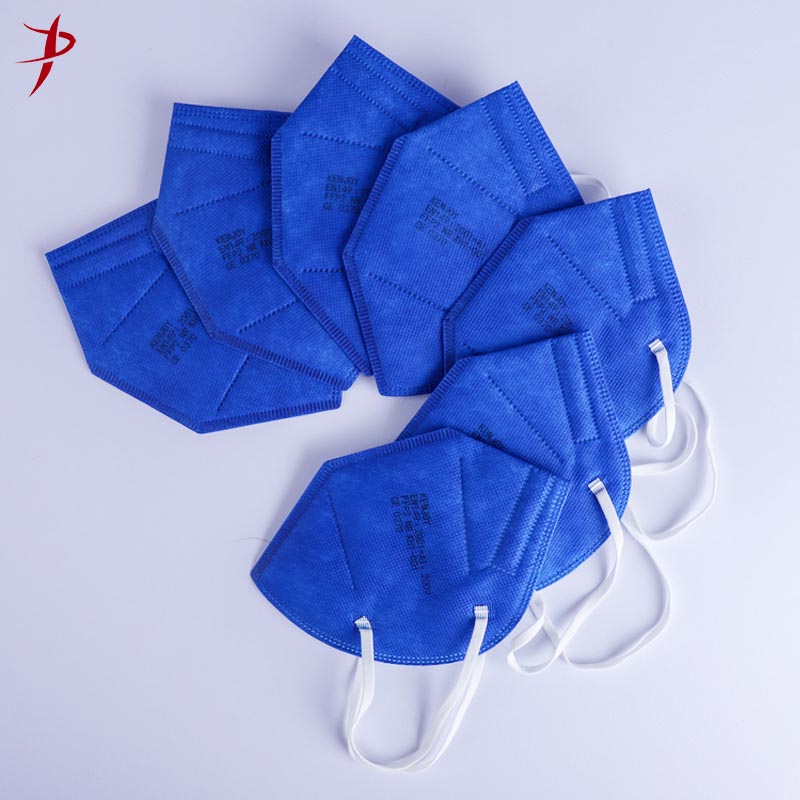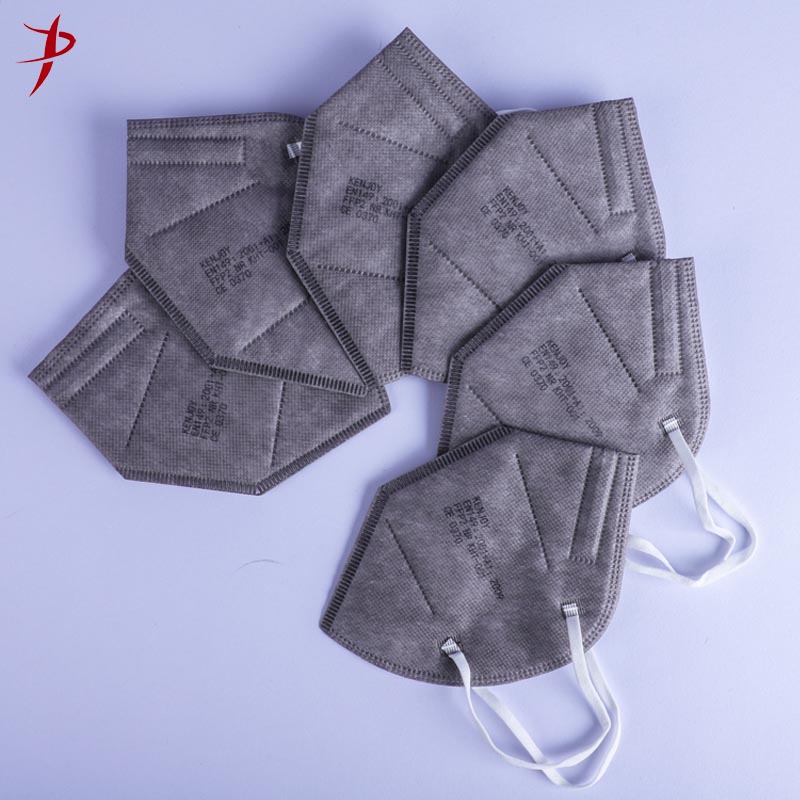Ffp2 mask size evaluation test| KENJOY
Respiratory protective devices are usually used to protect people from respiratory hazards, including chemical, biological and radioactive substances. Today's article talks about the way ffp2 masks are tested.
In the absence of engineering control and effective protection, ffp2 masks can prevent workers in daily operation from life and health hazards. When ffp2 masks do not provide adequate protection for users, the risk of exposure to these respiratory hazards will increase and lead to adverse health effects. Therefore, it is important to ensure that ffp2 masks provide adequate protection for users.
Test of filtration efficiency
Ffp2 masks are classified as air purification respirators and are widely used and accepted by employees in various industries and the general population. This is because the ffp2 is available in a variety of sizes, suitable for a variety of face shapes, easy to maintain, has little hindrance to the wearer, and has the highest evaluation in terms of weight and convenience. Health care workers are advised to use approved ffp2 masks or higher respirators to combat various airborne infectious diseases.
Ffp2 masks cannot be used in oil droplet environments; R (somewhat oil resistant) and P (strong oil resistance) mean that the respirator can be used to protect against non-oily and oily aerosols. The numeric names 95, 99 and 100 indicate that the minimum filtering efficiency of the filter is 95%, 99% and 99.97%, respectively.
The protective effect of respirator on microorganisms can be effectively evaluated by studying the respiratory protective effect of non-infectious particles corresponding to the size of infectious particles. Therefore, sodium chloride (NaCl) and dioctyl phthalate (DOP) particles are commonly used as challenge aerosols to evaluate the protective effect of respirators. NaCl particles are used to test the filtration efficiency of non-oily aerosols, while DOP particles are used to test oily aerosols.
As the particles enter the respirator through facial seal leakage and filter material, the respirator performance is evaluated by fitness test, penetration test and total inward leakage test for human subjects. It is commonly used to quantify the fitness of ffp2 masks. The purpose of the test is to assess the level of protection achieved by the respirator when considering the contribution of all leakage paths. It is not enough to use fitness testing or filtering data to evaluate the overall performance of the respirator. Respiratory protection assessments are often performed using the head of the mannequin rather than human subjects, ignoring human factors such as facial size and respiratory patterns and flow rates that may interfere with the protection provided by the respirator.
The above is the introduction to the filtering test of ffp2 masks. If you want to know more about ffp2 masks, please feel free to contact us.
Learn more about KENJOY products
Post time: Feb-17-2022



